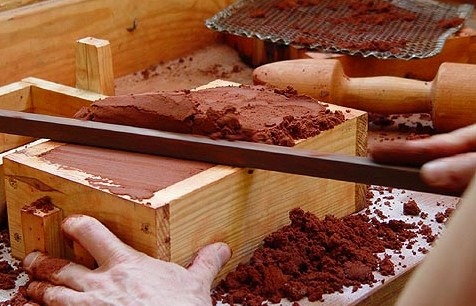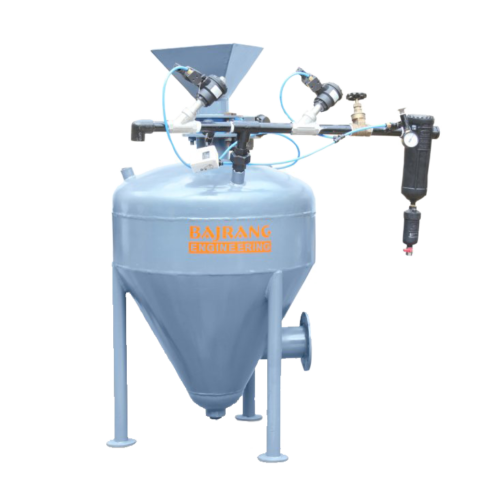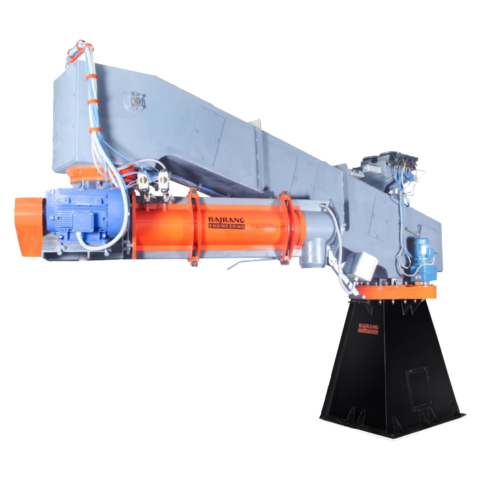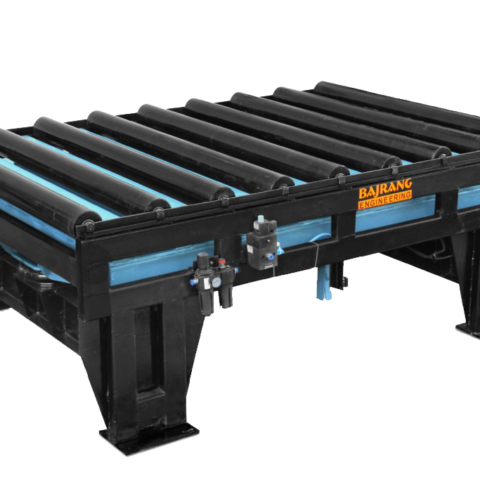
TYPES OF MOULDING SAND
In this Blog we will learn about the types of moulding sand. Sands which are used to make mould is called moulding sand. Almost every manufacturing industries uses moulding sand to make moulds. Casting of materials without use of moulding sand is impossible. Here we are going to discuss about different types of moulding sand.
The various types of moulding sand are
1. Green sand
2. Dry sand
3. Loam sand
4. Parting sand
5. Facing sand
6. Backing sand
7. System sand
8. Core sand
1. Green Sand
→ Green sand is a mixture of silica sand and clay. It constitutes 18 % to 30 % clay and 6 % to 8 % water.
→The water and clay present is responsible for furnishing bonds for the green sand.
→It is slightly wet when squeezed with hand. It has the ability to retain the shape and impression given to it under pressure.
→It is easily available and has low cost.
→The mould which is prepared in this sand is called green sand mould.
→It is commonly used for producing ferrous and non-ferrous castings
2. Dry Sand
→After making the mould in green sand, when it is dried or baked is called dry sand.
→It is suitable for making large castings.
→The moulds which is prepared in dry sand is known as dry sand moulds.
→If we talk about the physical composition of the dry sand, than it is same as that of the green sand except water.
3. Loam Sand
→It is a type of moulding sand in which 50 % of clay is present.
→It is mixture of sand and clay and water is present in such a quantity, to make it a thin plastic paste.
→In loam moulding patterns are not used.
→It is used to produce large casting.
4. Parting Sand
→Parting sand is used to prevent the sticking of green sand to the pattern and also to allow the sand on the parting surface of the cope and drag to separate without clinging.
→It serves the same purpose as of parting dust.
→It is clean clay free silica sand.
5. Facing Sand
→The face of the mould is formed by facing sand.
→Facing sand is used directly next to the surface of the pattern and it comes in direct contact with the molten metal, when the molten metal is poured into the mould.
→It possesses high strength and refractoriness as it comes in contact with the molten metal.
→It is made of clay and silica sand without addition of any used sand.
6. Backing Sand
→Backing sand or flour sand is used to back up facing sand.
→Old and repeatedly used moulding sand is used for the backing purpose.
→It is also sometimes called black sand because of the addition of coal dust and burning when it comes in contact with the molten metal.
7. System Sand
→In mechanical sand preparation and handling units, facing sand is not used. The sand which is used is cleaned and reactivated by adding of water, binder and special additives. And the sand we get through this is called system sand.
→System sand is used to fill the whole flask in the mechanical foundries where machine moulding is employed.
→The mould made with this sand has high strength, permeability and refractoriness.
8. Core Sand
→The sand which is used to make core is called core sand.
→It is also called as oil sand.
→It is a mixture of silica sand and core oil. Core oil is mixture of linseed oil, resin, light mineral oil and other binding materials.
→For the sake of economy, pitch or flours and water may be used in making of large cores.







